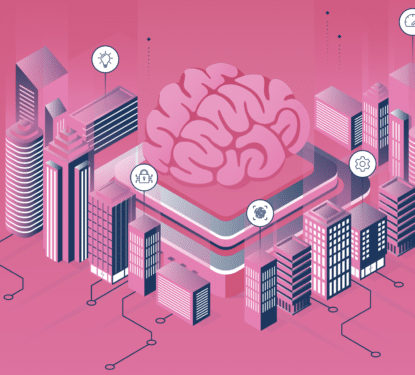 The announcement comes just four months after the formation of Current, a first-of-its-kind energy start-up within GE that integrates GE's LED, Solar, Energy Storage and Electric Vehicle businesses with its industrial strength software platform, Predix.
The announcement comes just four months after the formation of Current, a first-of-its-kind energy start-up within GE that integrates GE's LED, Solar, Energy Storage and Electric Vehicle businesses with its industrial strength software platform, Predix.
"LED commercial usage is anticipated to grow from 28% today to 95% by 2025, unlocking tremendous value for our customers to reduce energy cost and complexity in commercial enterprises", said Maryrose Sylvester, President and CEO of Current. "Chase understands this shift and is a frontrunner in leading the transformative change in distributed energy by leveraging LEDs to optimise energy efficiency”.In the same week, Cree Inc., introduced their SmartCast Power over Ethernet (PoE) technology as part of Cisco’s Digital Ceiling Framework - an open platform that enables the Internet of Things (IoT) for buildings through improved LED lighting control.
LED lighting is fast become the gateway into smart building energy management and this deal gives extra Wall-Street-cred to the Current. Just before GE's Current rang the closing bell at the New York Stock Exchange, Sylvester stated her company is “not an equipment provider. We’re an outcome provider”, no doubt suggesting a higher level of service.Be it seeking the business of a Fortune 500 company or a local government, partnerships are increasingly important for LED platforms as LED adoption becomes mainstream, then apps will be layered on top in the future. "LED commercial usage is anticipated to grow from 28% today to 95% by 2025, unlocking tremendous value for our customers to reduce energy cost and complexity in commercial enterprises", said Sylvester. This deal represents an early example of a diverse and powerful energy-related company establishing a foothold for services that almost certainly will go far beyond its initial efficient lighting mandate. Nevertheless, the initial investment will likely more than pay for the rollout. [contact-form-7 id="3204" title="memoori-newsletter"] You can see deep ecosystems forming when you read into GE’s announcement beyond the 25 million square foot deal. The official statement also included details of GE’s work with Capgemini, which provides them access to more than 200 developers. The developers will be focused on creating software solutions that will help commercial and industrial customers reduce power consumption, generate power onsite, and drive new revenue streams through the use of sensors and networked systems via the Building Internet of Things (BIoT) and across smart cities. The other news that came alongside the JPMorgan announcement is that Current is working with Intel on intelligent street lamps. The lights will use Intel’s IoT platform, which “will accelerate the development of intelligent technologies to help cities pull and access data in ways they haven't before, to solve challenges and create new opportunities for both city workers and residents", said Sylvester. There is a growing feeling within the industry that this deal could be the forerunner to the meshing of corporate and municipal LEDs, controlled by sophisticated software and feeding the collected data back to the analytic cloud. There are a lot of pieces to this puzzle, and only time will tell how the vision will materialise. The bottom line, however, is that the evidence suggests there is a massive transition underway. The lighting deal announced by GE and JPMorgan Chase is another omen that the key players are starting to coalesce in ecosystems that will create the fabric upon which energy, among many other things, will be controlled. “The transition to LEDs for lighting has come at the same time as the development of the Internet of Things, which is about to disrupt the building automation systems (BAS) industry and opens up the possibility for lighting control to play a much more important role”, explains the recent in-depth Lighting Control market analysis by Memoori.
“It is the most exciting time for the lighting industry since the early twentieth century. Lighting is truly at an inflection point and the forthcoming shakeout over the next 5 years will determine the winners and losers in the game”.



